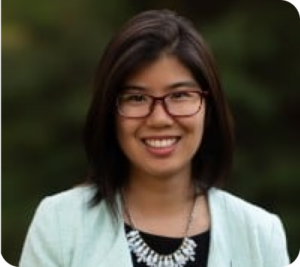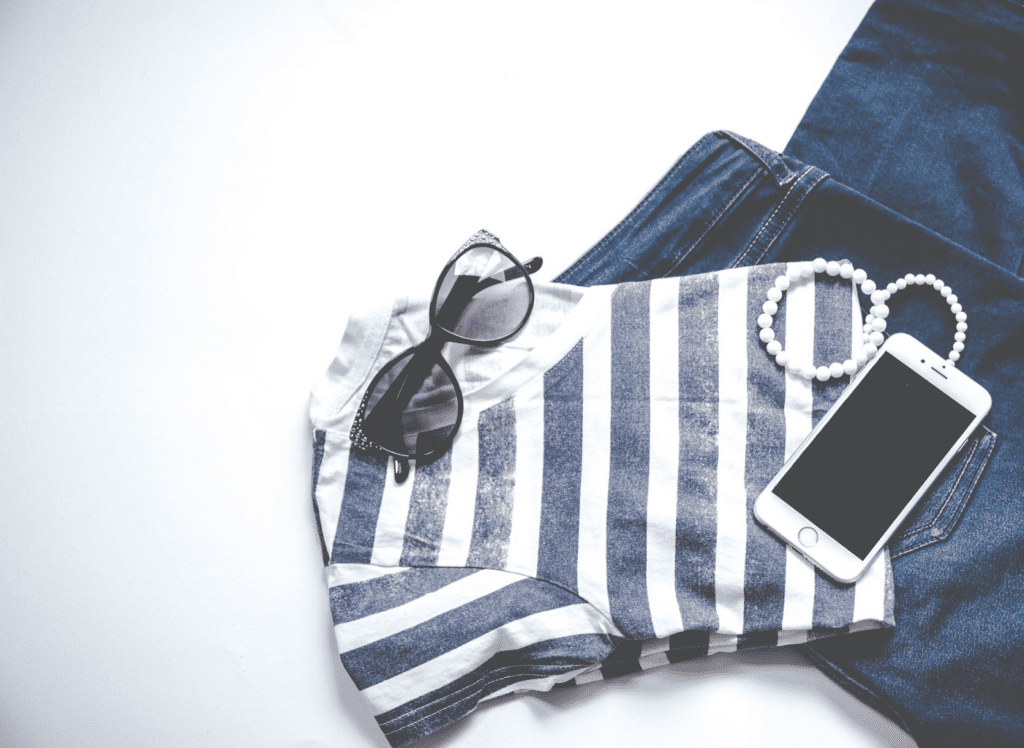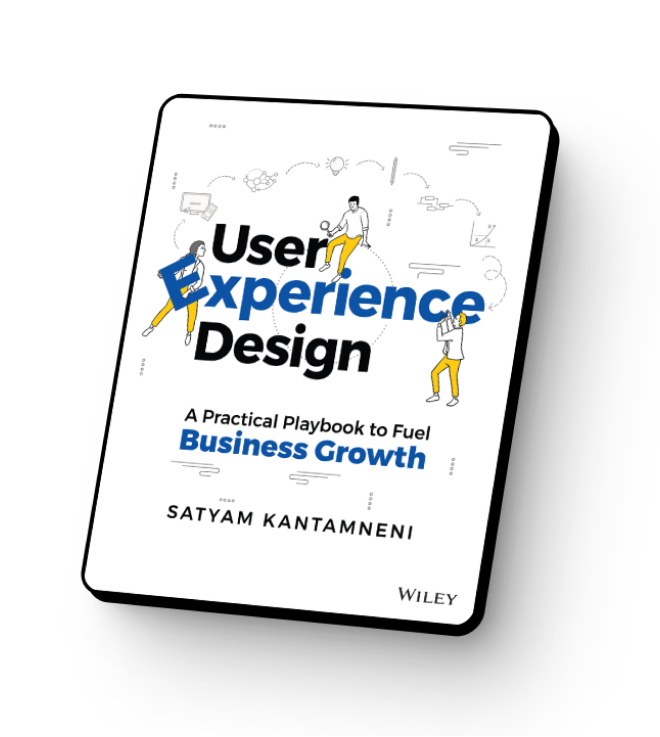About three years ago, I stepped away from my career as a fashion designer. I enjoyed the work but something was missing.
I stumbled across UX design after talking with a friend, and it seemed to fit me perfectly, just like the clothes I designed. My one non-negotiable criterion in this career change had been to stay in the world of design and work on products from concept to reality. I am happy to say that I got to do just that and more through a 6-month apprenticeship at UXReactor where I am now an Associate Design Consultant!
As I worked my way through the apprenticeship at UXReactor, I discovered the striking similarities between the two fields. Here are 3 core philosophies that have been key for me in both industries.
Know your customers
People ignore design that ignores people.
– Frank Chimero, author of “The Shape of Design”
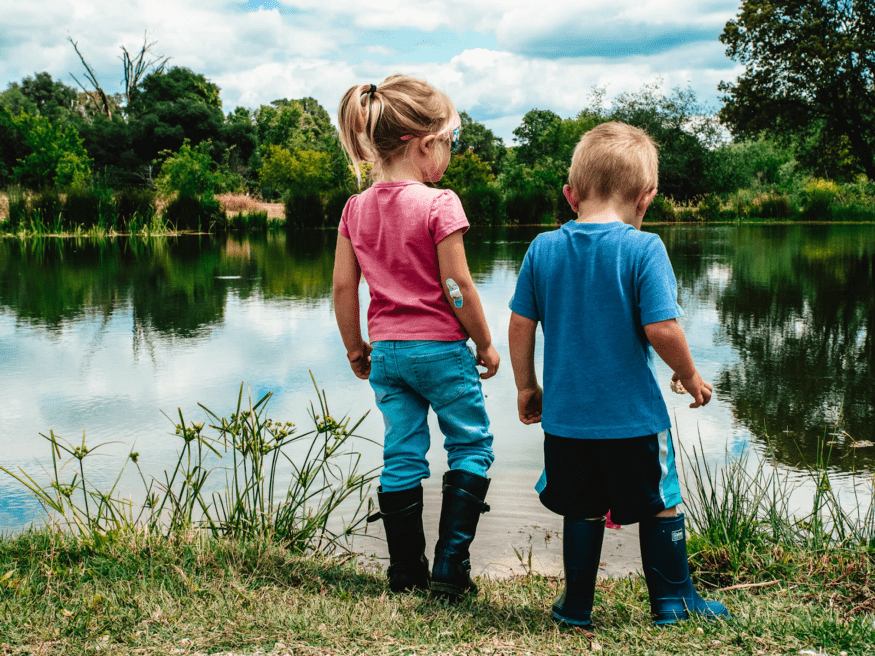
Knowing my customer in the fashion industry went beyond just knowing what the trends of the month were or patterns customers liked.
I spent most of my career in fashion as an apparel designer for a childrenswear brand. As a single young adult at the time, I not only had to familiarize myself with the industry guidelines but also understand why the guidelines exist and how they impact children day-to-day. I spent a lot of time observing children in various contexts and asking parents what their favorite pieces of kid’s clothing were and why.
The range of insights I gathered varied from their children’s preference for how the clothing felt to the effort required to dress their children. I not only learned about what the children liked and their reasons as the end-user of a garment but also what parents were looking for and how their thought process impacted their decision to purchase. Taking the time to put myself in the shoes of both the end-user and the purchaser helped me become a better apparel designer because I understood the real problems I had to solve.
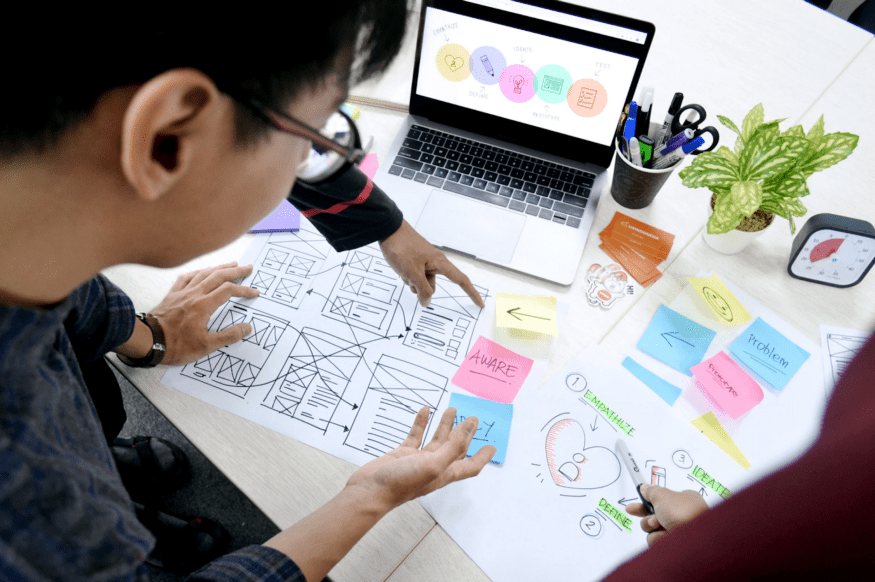
At UXReactor, we stress the importance of conducting research to understand who the end-user is and what they need to make sure that our designs are solving real problems for real users.
At the end of the day, the intent of any product is to help the user with their task or goal, so it is critical to invest the time to develop empathy for the user. Empathizing with the user’s needs, goals, journey, and mental model will ensure the best eXperience possible for the end-user.
Shameless plug: take a look at the article ‘The 3 types of user research your company needs to be doing’ if you’re curious to learn more about research and how it can transform your products!
The power of delight
“The true delight is in the finding out rather than in the knowing.”
— Isaac Asimov, American writer and professor of biochemistry

Some of you may resonate with my excitement when I find a dress with hidden pockets for my phone or keys (but if you don’t know, try asking someone around you who wears dresses)!
Designing clothes was more than just making something to wear. We took every opportunity that we could to elevate a dress by choosing a unique fabric or adding a pop of color in an unexpected spot. Those pieces always generated an incoming flow of comments from customers around the joy they experienced upon discovering the hidden detail that they could style to create a unique look based on their preference. The thought and planning behind these delight factors do not go unnoticed by the customer and can help set a brand apart from a competitor.
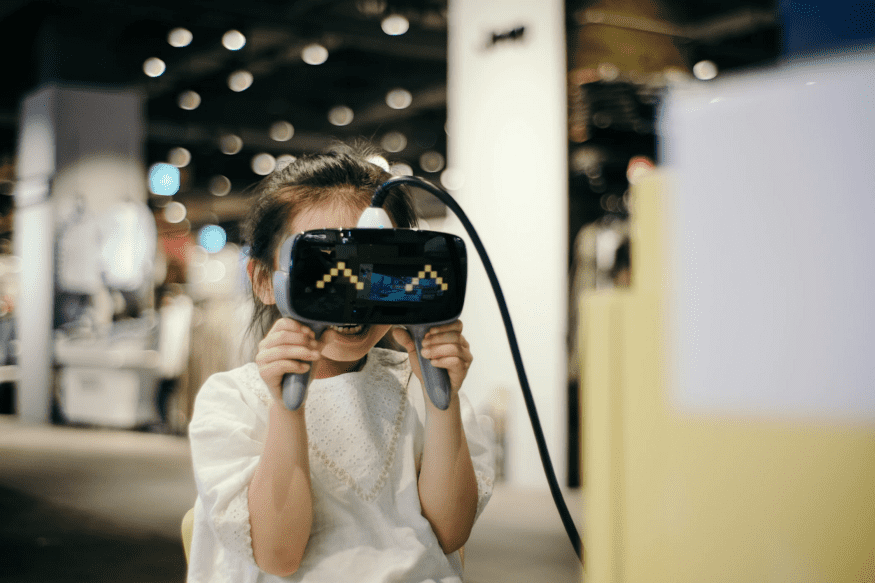
Likewise, UX Designers can create delight in both products and their daily interactions with others. Delight factors not only can set a product apart from a competitor’s product but also increase customer retention and advocacy. As UX Design Consultants, we have an additional opportunity to provide delight as we guide clients forward in all aspects of the engagement. It is extremely rewarding to see people actually enjoying a product and wanting to use it because it functions well and brings them delight.
Inspiration is everywhere
“Inspiration is everywhere, but you have to be looking.”
— Jane Pauley, 2014, former co-host for The Today Show
While everyone can preach this concept, actually living it out and looking out to the world as a constant source of inspiration takes deliberateness.
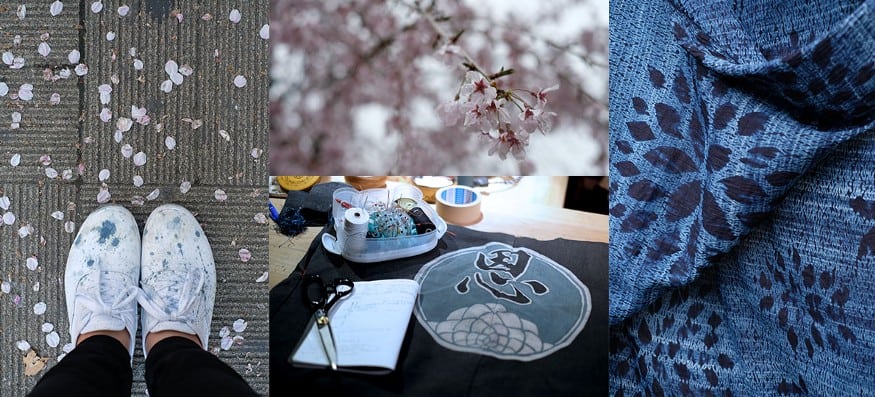
I got to put this into practice as a member of the design team at the childrenswear brand Tea Collection. The entire company was founded on the idea of exploring other countries and cultures and bringing those wonders home to share with their customers.
A few members of the design team would travel to a new country every season to interact with and learn from the locals. They would return with the most eclectic collection of pictures to inspire prints, patterns, and silhouettes for the upcoming apparel line — the subject of each picture would range from animals that they encountered, landscapes, garments, textile designs, architecture, and even packaging at the local grocery store.
This level of deliberateness in inspiration gathering inspired me to find all the opportunities in my day-to-day life and dive headfirst by imagining how a concept could be reinterpreted or an eXperience that could be designed.
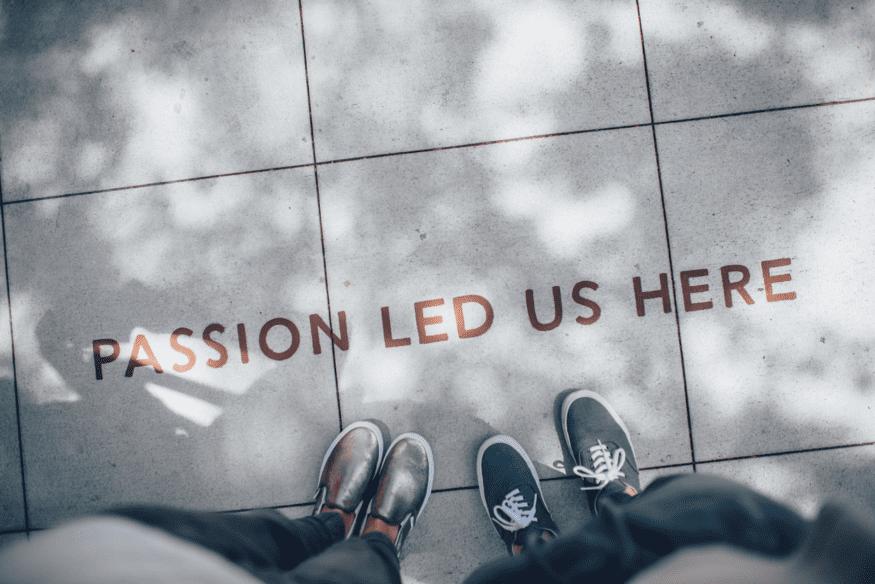
Being a UX Design Consultant continues to challenge me to think out of the box and find inspiration all around me. Concepts and solutions for digital eXperiences can come from all aspects of our lives and not be limited to existing technologies. We use a framework at UXReactor to help us gather inspiration effectively and deliberately for every design problem that we encounter to make sure we are not only designing the best product but also the best eXperience (a colleague of mine wrote a great article summarizing this framework in ‘The Logic Behind Inspiration Gathering’).
A lot of the magic that happens when seeking inspiration occurs when you “sit” on a design problem and observe everything around you. I love it when “what if” design opportunities come to mind while I’m watching a movie or taking a stroll around the neighborhood, especially when they connect two seemingly unrelated subjects.
In conclusion: always learning and always improving
While my refreshed curiosity for not only the “what” but also the “why” in every situation may annoy some of my personal acquaintances (primarily, my husband), it has broadened my perspective and sparked a sense of excitement that I hope everyone can experience.
These three takeaways are not the only overlapping philosophies between Fashion and UX Design, but they are the ones that are most near and dear to me. These philosophies enabled me to take the learnings from one industry and apply it to a different medium and purpose which added a differentiating perspective to my new role at UXReactor. Nothing from my past skillset and knowledge was wasted, just expanded upon.
UXReactor brings together individuals of all different backgrounds, and with those unique backgrounds come unique perspectives. Therefore, I am fortunate to work alongside and learn from former architects, photographers, graphic designers, and many others in the fastest-growing UX firm on INC5000. Each and every one of us start as an apprentice and are trained in the PuX (PragmaticUX) way with the goal of helping our clients build and elevate their products, setting them apart from their competitors, and building a truly user-centric eXperience.
PragmaticUX
The PragmaticUX framework is our unique collection of proprietary design and research methods that allow us to quickly identify, prioritize, and solve complex problems.
We start by asking the right questions and then finding the optimal user-centered insights. Our PragmaticUX framework can quickly help any organization start driving their product outcomes, particularly around user retention, adoption, satisfaction, efficiency, or engagement of their product or service. This is what keeps us passionate and this is where we have decades of experience driving successes in Silicon Valley and beyond.

